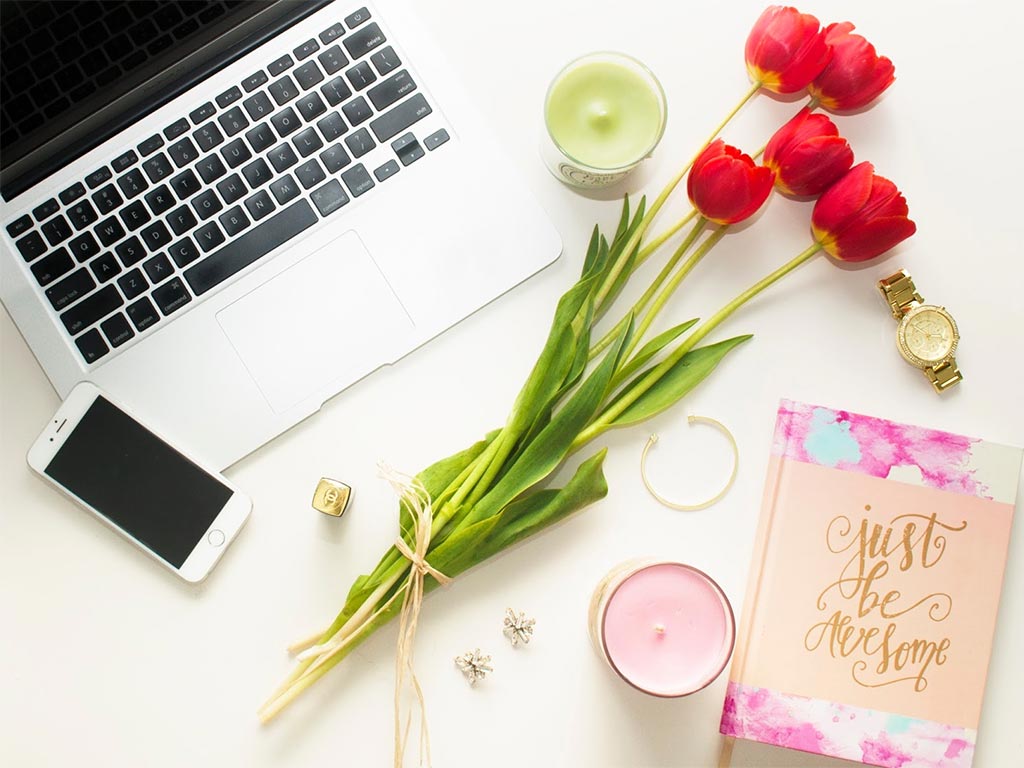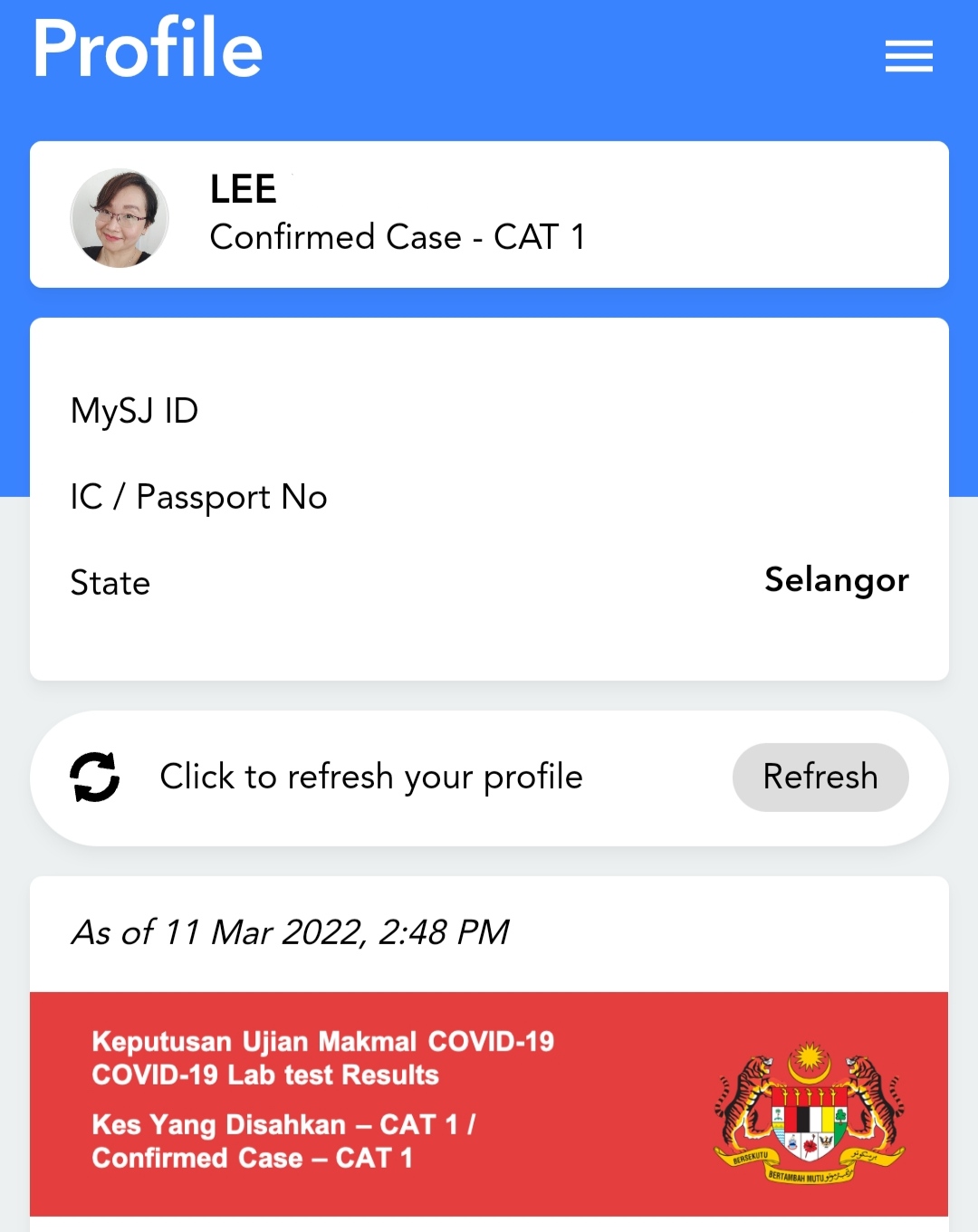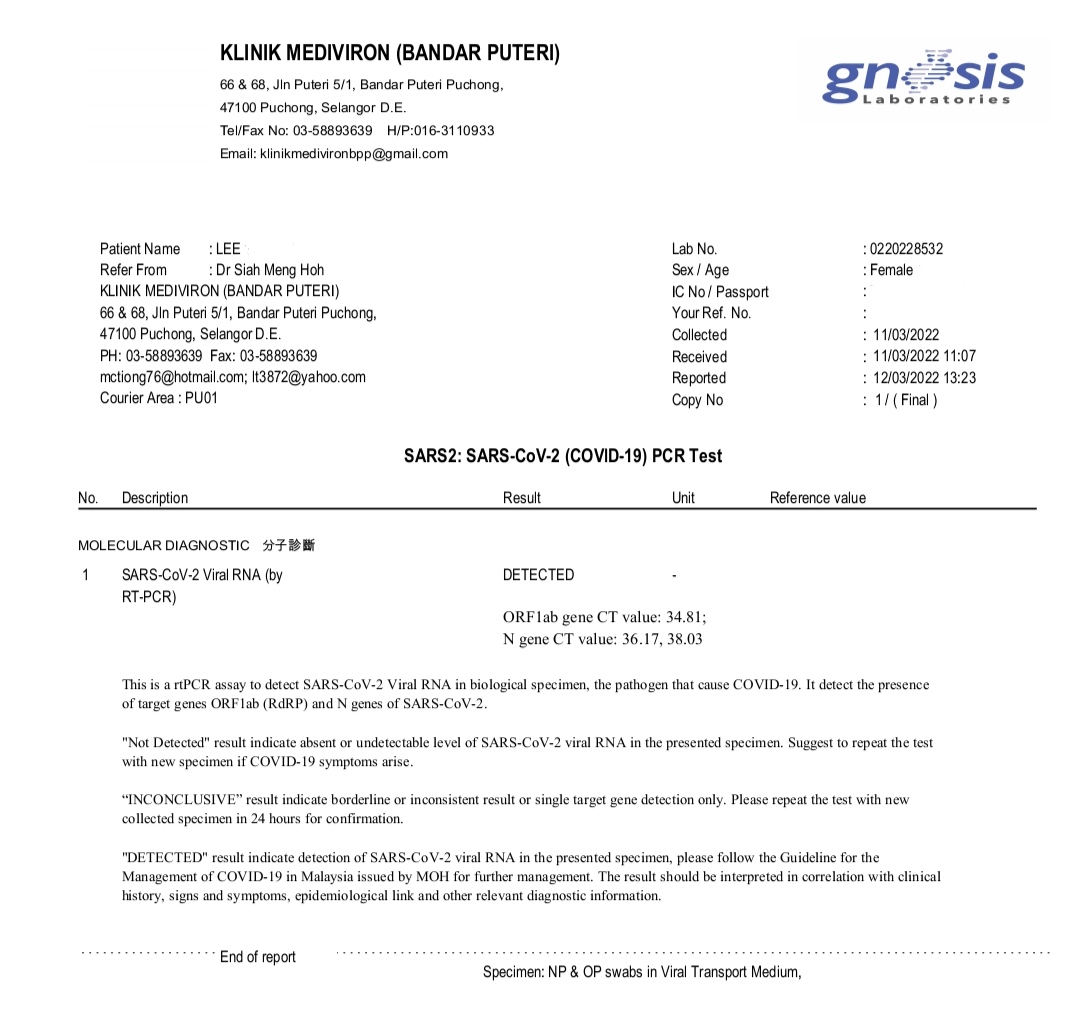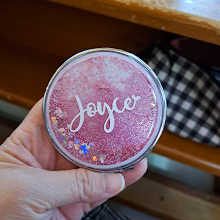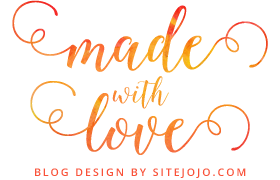According to Nestlé Health Science, 23.6% of Malaysians have prediabetes or 1 in 5 Malaysians are living with prediabetes without even knowing it, especially if they have pre-existing conditions such as high blood pressure, abnormal blood cholesterol levels, family history of diabetes, history of gestational diabetes, sedentary lifestyles, or are overweight and obese.
Unfortunately, this group of people remain unaware, and they could include your loved ones - your family and friends.
What is prediabetes?
Prediabetes refers to a condition whereby your blood sugar level is higher than normal but not high enough to be diagnosed as Type 2 diabetes. If prediabetes is not diagnosed and managed, it could lead to Type 2 diabetes.
Being diagnosed with prediabetes indicates the starting of progression to Type 2 diabetes which will cause irreversible long-term damage to your heart, blood vessels, eyes, and kidneys.
How do I assess my prediabetes risk level?
By assessing your prediabetes risk level early and making the necessary lifestyle changes, such as adopting a healthy diet, increasing physical activity, and achieving weight loss, you can lower your risk of developing Type 2 diabetes.
You may take this simple prediabetes risk assessment to find out whether you are at risk of prediabetes. The results will show 3 levels of risk - low, medium or high.
Step 1: Take the test
Step 2: Receive risk assessment report
Step 3: Get a free meal plan (only provided to medium and high risk)
Why is meal planning important?
Meal planning is an integral part of healthy eating to reduce the risk of having prediabetes. It serves as a guide to ensure that you have all the nutrition in the right amount to lead a healthy life.
Specially customized, calorie-controlled meal plans with a low Glycemic Load (GL) are created using evidence-based nutrition recommendations with the goal of helping you figure out your ideal and balanced breakfast, lunch, and dinner; reduce post meal blood sugar spikes, and stay healthy.
These meal plans are designed to provide a balanced distribution of nutrients that help support optimal health, including:
- Carbohydrates (45-60% of daily energy intake)
- Protein (15-20% of daily energy intake)
- Fat (25-35% of daily energy intake)
- Saturated fat (less than 7% of total calories)
- Fiber (20-30g/day)
- Sodium (less than 2400mg/day)
All meal plans have a low Glycemic Load (GL) which helps to reduce post-meal blood sugar spikes. Glycemic load is a measure that takes into account the amount of carbohydrates in a portion of food and how fast it raises blood sugar levels.
7-day meal plan for people with medium risk for prediabetes
The following information is from this PDF by Nestlé Health Science, so they have included their product Nutren Untuk Diabetik in it. I personally don't take Nutren but I like the meal ideas.
Day 1
Breakfast: Cooked Oatmeal, Berries, Nutren
Lunch: Basil Pesto Pasta with Grilled Chicken, Mixed Salad Greens, Balsamic Vinaigrette Salad Dressing
Dinner: Pan-fried Salmon with Sweet Potato, Apple
Day 2
Breakfast: Zero-Effort Omelette, Mango, Nutren
Lunch: Mee Goreng Laju-Laju, Mixed Salad Greens, Balsamic Vinaigrette Salad Dressing, Fresh Guava
Dinner:Turmeric Fried Chicken Thai Style, Cooked Brown Rice, Stir-Fried Mixed Veggies,
Day 3
Breakfast: Omelette with Mushroom & Spinach, Nutren
Lunch: 15-Minute Pizza, Honeydew Melon
Dinner: Fried Chicken Satay, Cooked Brown Rice, Stir-Fried Colorful Assorted Vegetable Delight, Watermelon
Day 4
Breakfast: Overnight Oats (with Nutren, chopped fruits & nuts)
Lunch: 15-Minute Chicken Burritos, Mixed Salad Greens, Balsamic Vinaigrette Salad Dressing, Pear
Dinner: Super Simple Maggi Cukup Rasa Fried Basung Fish, Blanched Mustard Greens with Oyster Sauce, Cooked Brown Rice
Day 5
Breakfast: Breakfast Cereal with Nutren, Watermelon
Lunch: Maggi Goreng Basah, Mixed Salad Greens, Balsamic Vinaigrette Salad Dressing, Honeydew Melon
Dinner: Wholesome Stir-Fried Fish Fillet with Spring Onion, Stir-Fried Mixed Veggies, Cooked Brown Rice
Day 6
Breakfast: Crepes with Fruit, Zero-Effort Omelette
Lunch: Tofu Burger, Mixed Salad Greens, Balsamic Vinaigrette Salad Dressing, Mango
Dinner: Fried Longevity Noodles with Seafood, Stir-Fried Colorful Assorted Vegetable Delight
Day 7
Breakfast: Potato Omelette, Nutren
Lunch: Cajun Chicken Pasta Salad, Fresh Guava
Dinner: Exquisite Nasi Arab with Chicken, Kerabu Ulam Segar, Chicken Soup, Honeydew Melon
How to adopt healthy lifestyle?
Adopting
a healthy lifestyle is crucial to help you manage your risk of having
prediabetes. It also improves your essential health metrics such as your
weight, blood sugar, blood pressure, and blood cholesterol.
#1: Quit smoking
Did you know that smoking put you at a higher risk of developing Type 2 diabetes? In fact, smokers are 30% to 40% more likely to develop Type 2 diabetes than non-smokers.
#2: Regular physical activity
Here's the recommended guideline by medical professionals: Get at least 30 minutes of moderate-intensity exercise per day, 150 minutes per week by doing activities such as aerobics, cycling, or hiking.
Taking a brisk walk or slow jog outdoors to increase your fitness level is counted too. You can mix it up with sports that you can play with your family and friends. Or you could just choose any activity that you enjoy to stay motivated. Every little bit counts.
Please take note that if you have any preexisting medical conditions, please check with your doctor before starting any new exercise routines for your safety and well-being.
#3: Eating healthily
Variety, balance, and moderation are the three essential keys to healthy eating. To meet your daily nutritional needs, you should eat a variety of food without avoiding major nutrients, including fresh fruits and vegetables, whole grains, and lean proteins.
By practicing variety and balance in your daily food selection plus eating in moderation according to your needs, you will still be able to enjoy your favorite foods.
Take a look at this visual guide on how to create nutritious and balanced meals.
- Fill up a quarter of your plate (or use your half-closed palm as guide) with whole grains (carbohydrates)
- Fill up a quarter of your plate (or use your fist as guide) with lean meat protein
- Fill up a quarter of your plate (or use your fist as guide) with plant-based protein
- Fill up a quarter or more of your plate (or use your open palm as guide) with fruits & vegetables
Healthy fats (monounsaturated fat & polyunsaturated fat) from nuts, avocado, seeds, and fish are essential to be included as part of a healthy diet. These healthy fats help to improve blood cholesterol levels and reduce the risk of heart disease.
Limit or avoid food items such as butter, palm and coconut oils, cheese, red meat, deep-fried food, processed, and fast food because they contain so much unhealthy fats (saturated fats & trans fats) that increase your bad cholesterol (LDL cholesterol) levels, risk of heart disease, and stroke!
Reduce your salt (sodium) intake by limiting processed foods and choose low sugar or no added sugar drinks. Better still, swap out these sugary beverages with water instead.
#4: Managing weight
It's a known fact that obesity increases your risk of heart disease, stroke, Type 2 diabetes, and osteoarthritis while reducing your quality of life.
Having a body mass index (BMI) value above 24.9 indicates that your body weight is outside the healthy weight range for your height.
Modest weight loss of between 5% to 10% of your total body weight has been shown to offer significant health benefits, such as improving blood pressure, blood cholesterol, and blood sugars.

